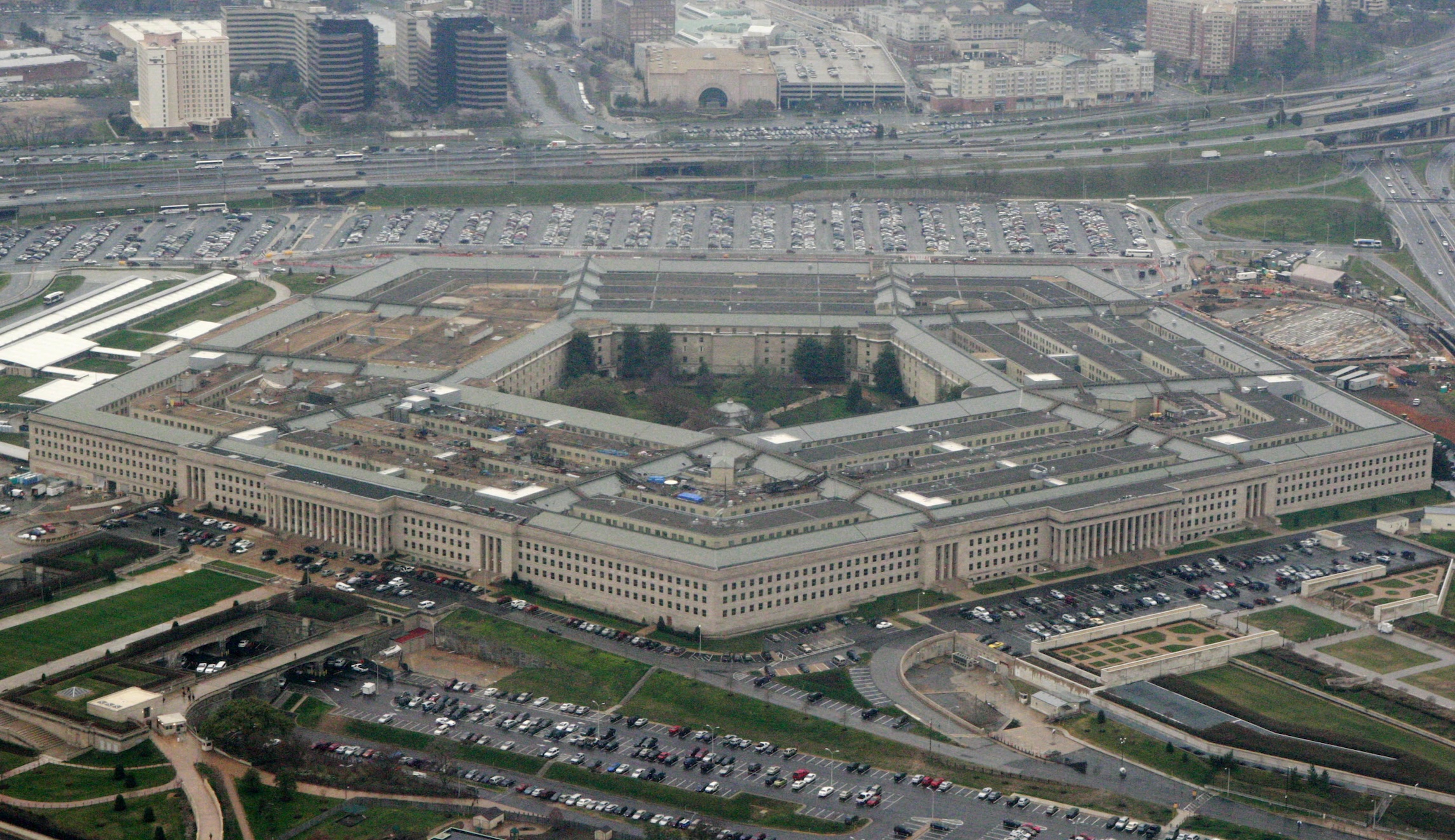

(The Center Square) – The Pentagon wants to spend $1.1 billion to build barracks in 2025 and more to maintain facilities after a Congressional watchdog found widespread problems in housing for troops, including rodent infestations, mold, sewage backups and other conditions so bad it drove some into marriages to escape living in the barracks.
The U.S. Department of Defense announced the plans along with its $849.8 billion President’s Fiscal Year 2025 Defense Budget. That budget would be used for new weapons, modernizing nuclear weapons, and a 4.5% pay increase for service members and annual rate increases for both housing and subsistence allowances, among other things.
U.S. Congressman Don Bacon said more money would be needed to make sure all housing is brought up to standards.
He told The Center Square that “The House Armed Services Committee is currently reviewing the details of the Department’s request” but said that “the total investment required to bring unaccompanied housing up to an acceptable standard across the Department of Defense will be much higher.”
Problems with barracks, where unmarried junior military members live during initial training, have existed for decades. Fresh attention on the issues came after a September 2023 report from the U.S. Government Accountability Office detailed sewage backups, rodent infestations, mold and inoperable fire systems among the safety hazards that U.S. service members living in barracks faced. It found that such conditions undermine quality of life and military readiness. That same report found the Department of Defense has not fully funded its facilities program for years leading to a backlog of at least $137 billion in deferred maintenance costs as of fiscal year 2020, according to the Government Accountability Office report. That figure includes all facilities, not just barracks.
A Department of Defense spokesperson said the department’s budget reflects its commitment to troops.
“The FY 2025 budget emphasizes the Department’s priority on housing for Service members and their families. It includes funding for new family housing construction, investments in military family housing privatization, and 11 unaccompanied housing construction projects, the start of the Department’s strategy to address the issues highlighted in the GAO report and execution of the Department’s Resilient and Healthy Defense Communities strategy,” the spokesperson said. “Signed in February 2024 by Deputy Secretary Kathleen Hicks, the Resilient and Healthy Defense Communities strategy will guide the Department’s actions in the coming years to improve the built and natural environment on defense installations, including housing. The Department remains committed to taking care of our people and improving the quality of life of our Service members and their families.”
Funding for barracks construction is less than the $2 billion the Pentagon plans to spend to support family housing and less than the $1.2 billion it plans to spend to prevent sexual assault and other harmful behaviors.
Secretary of Defense Lloyd Austin III said the spending caps approved under the June debt-ceiling deal resulted in hard choices in the Pentagon’s overall budget.
“This budget request is consistent with the funding levels approved by Congress under the Fiscal Responsibility Act of 2023,” he said in a statement. “Under these caps, we made difficult but responsible decisions focusing on maintaining our military’s readiness and taking care of our personnel. So our budget request reflects targeted reductions to programs delivering key capabilities in later years to support the joint force’s ability to fight and win in the near term.”
Part of the problem is the Pentagon doesn’t know how much it spends on barracks. It also doesn’t know how much it will need to spend to bring them up to its own standards, according to the Government Accountability Office report.
“The Department of Defense has not tracked complete or reliable information on how much … it has used to improve barracks conditions or how much would be needed to meet minimum condition standards,” according to the 118-page report. “Additionally, DOD has not tracked complete or reliable information on how much Military Personnel funding it has used to house service members typically required to live in barracks.”
The report found the problems were widespread and, in some cases, dangerous.
“We found that living conditions in some military barracks may pose potentially serious risks to the physical and mental health of service members, as well as their safety,” according to the report. “During site visits, we observed a variety of living conditions that service members and unit leaders told us were negatively affecting them, such as the presence of mold, broken fire alarm systems, and extreme temperatures, among others.”
Conditions were so bad in some places that service members sometimes took “drastic action, such as getting married, just to leave the barracks,” according to the GAO report.
Department of Defense funding to maintain and improve barracks conditions is included in the agency’s annual budget request under the Facility Sustainment, Restoration and Modernization (FSRM) category. FSRM funding for all facilities is lumped within a single requested amount “making it challenging or impossible to determine the amount of funding specifically designated for barracks,” according to the report.
The Department of Defense requested about $15 billion for FSRM across all active-duty facilities, including barracks, for fiscal year 2024. For 2025, it has asked for $19.8 billion, a 32% increase, according to budget documents. A spokesperson from the department declined to answer questions about how much FSRM money would go to barracks.
Deputy Secretary of Defense Kathleen Hicks said there’s more to compensation than just pay.
“It’s about increasing the number of child development centers where military families can educate their children and the number of providers in those centers. It’s about the conditions on ships and in barracks. It’s about what we’re doing to build healthy and resilient communities,” she said. “And that’s why the must-pay items in this budget also include basic housing allowance increases, facility investments in safe, quality family housing to enhance deterrence and improve critical operational infrastructure, making healthcare, healthy food and childcare more accessible, including increasing pay for childcare providers, and building a safer workplace, including efforts to combat sexual assault and to prevent suicide and eliminate barriers to care – all must-haves, not nice-to-haves that enable our total force to thrive so that they maintain focus on their mission.”





